Cameo
AZOR® B1
Compact Beam Moving Head
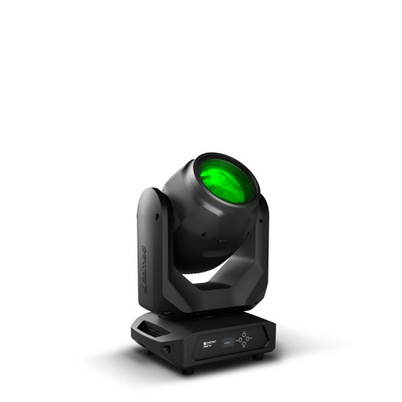
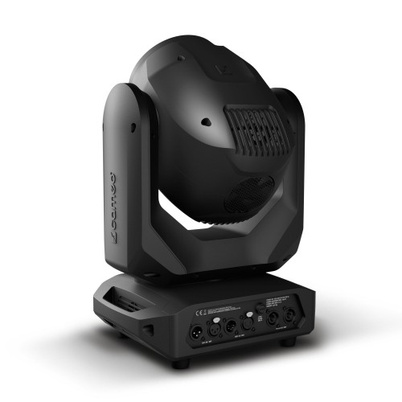
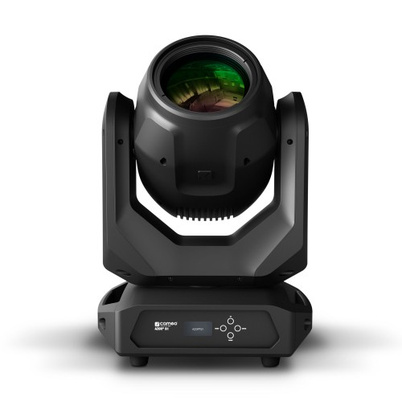
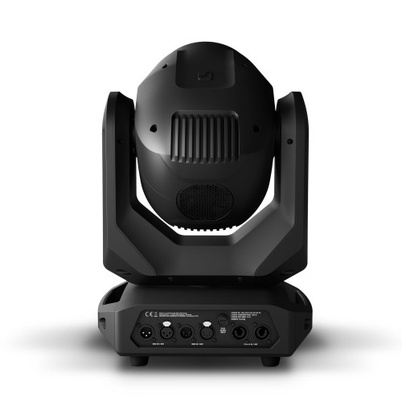
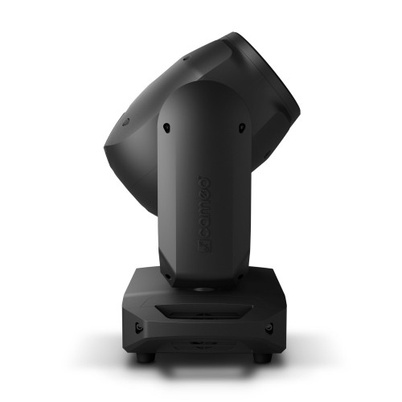
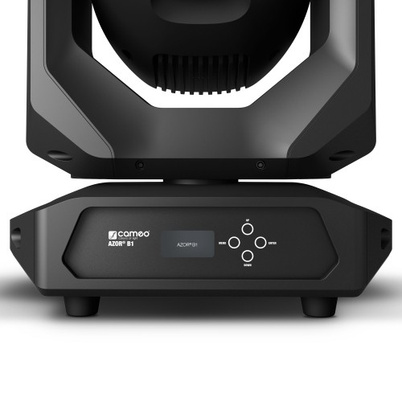
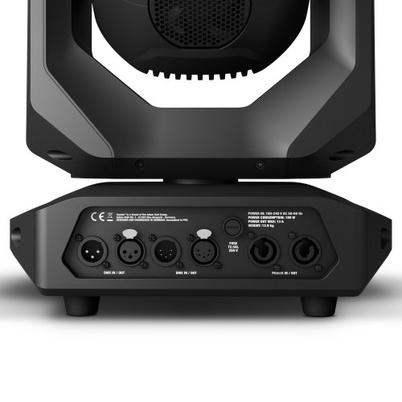

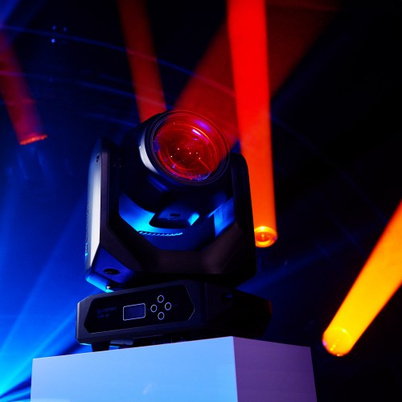
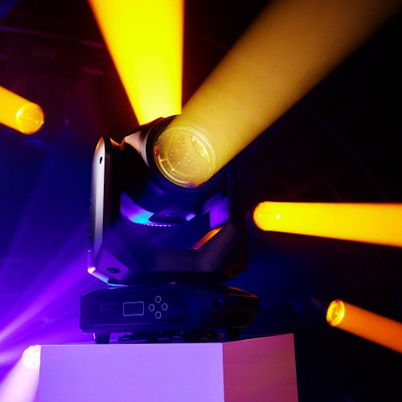










- Beam Moving Head with 180,000 lx light intensity @ 3 m
- Optical glass lens with extremely narrow 2° beam angle
- 16-bit three-phase motors
- 540° panning and 270° tilting with automated position correction.
- Motorised focusing
- 14 colours plus open and split colours
- 17 static gobos plus open
- Rotatable and indexable circular eightfold prism
- Rotatable and indexable linear sixfold prism
- 4 programmable...
- Beam Moving Head with 180,000 lx light intensity @ 3 m
- Optical glass lens with extremely narrow 2° beam angle
- 16-bit three-phase motors
- 540° panning and 270° tilting with automated position correction.
- Motorised focusing
- 14 colours plus open and split colours
- 17 static gobos plus open
- Rotatable and indexable circular eightfold prism
- Rotatable and indexable linear sixfold prism
- 4 programmable macros for standalone and master-slave operation
- 3-pin & 5-pin DMX sockets and Power Twist power in and power out sockets
- Two Omega brackets and power cable included
Price on request
Specifications



DMX512
Communication standard DMX512 was developed specially for lighting systems in 1986. Up to 32 DMX devices can be daisy-chained and controlled via a control source (e.g. a light mixer).
LED technology
LEDs are ideal for use in lighting systems: They are bright and have a low level of heat dissipation, a long operating life and low energy consumption. Moreover, LED systems often weigh less than conventional lighting systems.
Master & slave
Master/slave operation allows identical DMX devices to be controlled by a DMX device of the same model and software standard. All the devices are connected by DMX cables in series. The master device is then set to run in standalone mode and the slave devices are set to run in slave mode.
RDM
This device has full RDM capability. The RDM protocol supplements the DMX protocol and enables bidirectional communication via a standard DMX network. It simplifies configuration, administration and monitoring of RDM devices connected to an RDM controller.
The high-frequency control of the LEDs while dimming ensures flicker-free operation, including for filming purposes.
Circular prism
A circular prism multiplies the beam or the gobo projection, placing the result inside a circle.
Colour wheel
Turning the colour wheel, which is fitted with various filters, enables very fast changes of colour.
Focus
The focus function serves to focus the light beam and the gobo projection at any distance.
(Gobo wheel)
Gobo wheels are fitted with static or rotating gobos made of metal or glass. Gobos are essentially templates that allow the projection of patterns, shapes and graphics.
Linear prism
A linear prism multiplies the beam or the gobo projection, placing the result inside a row.
Description
The Cameo AZOR B1 is a powerful Beam Moving Head featuring a high-quality glass lens, an extremely narrow 2° beam angle and motorised focusing. 16-bit, three-phase motors provide 540° panning and 270° tilting with automated position correction. A cold-white 100 W LED with 9,400 K colour temperature achieves incredible 180,000 lx light intensity at 3 metres, while the colour wheel offers 14 intense colours, plus white and split colours, to choose from.
Additional features of the AZOR B1 include 17 static gobos, a circular eightfold and a linear sixfold prism that are rotatable and indexable. When using as a standalone, four macros are available to freely program and can be perfectly synchronised in master-slave operation or inverted. The spotlight also features a rapid strobe function and a quiet, temperature-controlled fan.
Easy configuration is facilitated by the AZOR B1’s OLED display and four buttons, 3- and 5-pin DMX inputs and outputs, while Power Twist sockets ensure unproblematic daisy chaining. The Beam Moving Head is supplied with three Omega brackets and a power cable.
Videos on this product


Accessories
Series
Stories
Spare parts
Downloads/links
Customers also bought





























